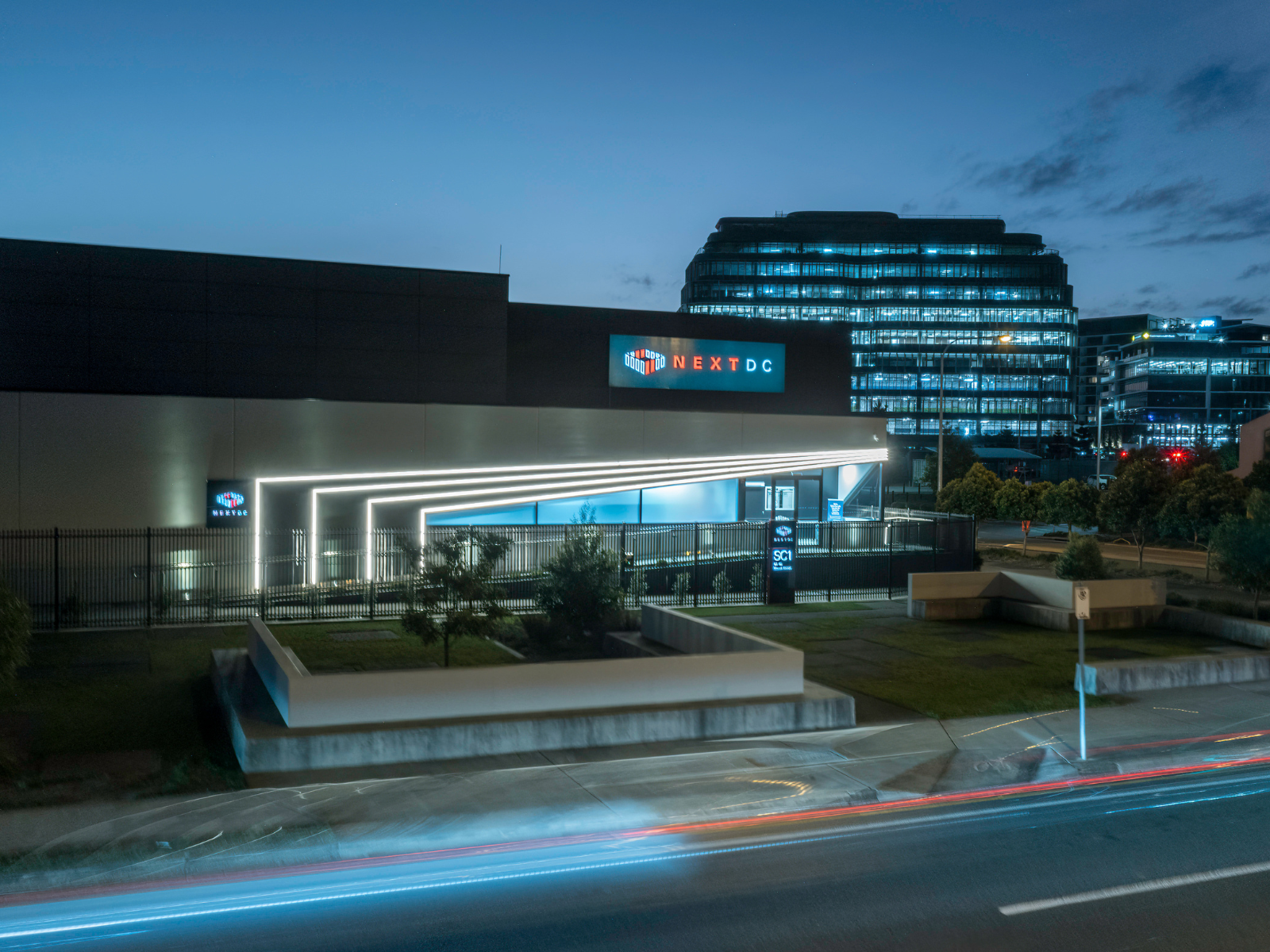Displayed at the entrance of my office in Parliament is a piece of artwork I received from the Katherine Accommodation Action Group just a few weeks after I became the Minister for Housing.
The artwork includes personal accounts of housing insecurity from across Katherine, highlighting the unacceptable consequences of Australia’s housing challenges.
At the centre of the artwork is a simple but important message: “waiting too long”.
These three words drive me every day to improve the housing situation for all Australians.
To ensure more of our fellow citizens have a safe, affordable place to call home.
It’s an important reminder of the housing challenges facing Aboriginal and Torres Strait Islander peoples across Australia.
And we know these challenges are serious.
On the night of the 2021 census, 24,930 Aboriginal and Torres Strait Islander people were homeless.
That means one in five, or 20.4 per cent, of people experiencing homelessness identified as First Nations Australians.
In the 2021-22 Specialist ³Ô¹ÏÍøÕ¾lessness Services annual report, around 28 per cent of all clients were First Nations clients, and 31 per cent of all First Nations clients of Specialist ³Ô¹ÏÍøÕ¾lessness Services reported experiencing mental health issues.
This is shocking – they are our fellow Australians.
It’s why the Albanese Labor government is passionate about improving housing outcomes for First Nations Australians.
We want to drive real change.
We’ve already committed to several initiatives to support First Nations peoples experiencing housing insecurity.
One of these initiatives is our commitment to allocate $200 million in disbursements from the Housing Australia Future Fund for the repair, maintenance and improvements of housing in remote Indigenous communities.
This funding into the development of remote First Nations communities will provide the support needed to improve housing security.
Our government has also invested $111.7 million into a new one-year partnership with the NT government to accelerate the building of new remote housing.
This investment is targeted at addressing the worst over-crowding in the country.
Our government is investing in communities, because we want to make practical and effective change that truly addresses the issue of housing insecurity for First Nations Australians.
But the artwork that hangs in my office in Parliament isn’t just an important reminder of why we must act – it is also a reminder of why we must listen to First Nations Australians.
That’s why on October 14 I will be voting “yes” in the referendum.
The referendum is a once-in-a-generation opportunity to recognise Aboriginal and Torres Strait Islander people in our constitution, paying respect to 65,000 years of culture and tradition.
The Voice is an idea that has come for Aboriginal and Torres Strait Islander people themselves.
It is how they want to be recognised in the constitution.
The Voice to Parliament is about advice.
It will be a committee of Aboriginal and Torres Strait Islander people who will give advice to the Parliament and government on issues that affect their community.
Housing has been identified by our government as a key policy area that the Voice would focus on, so we can deliver real improvements for Aboriginal and Torres Strait Islander people.
Listening means all governments can make better decisions.
I know that a Voice will help us get better results in housing.
We know from stories, and from statistics, why this is so important. We cannot afford to waste the opportunity of the upcoming referendum.
This is an opportunity to deliver real change.
It’s why I am voting “yes” on October 14 and I ask you to say “yes”, too.







